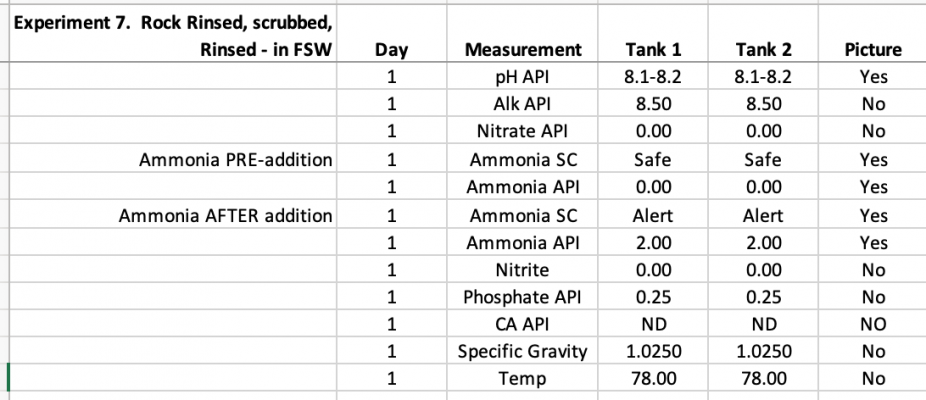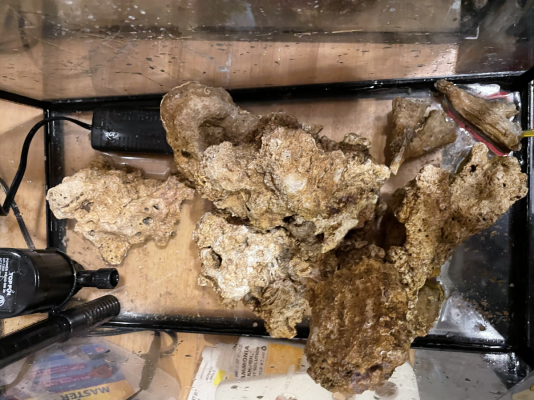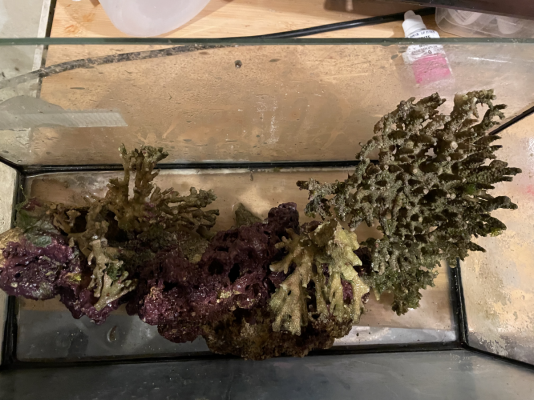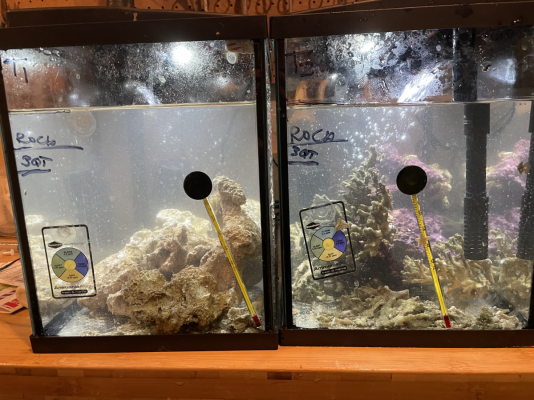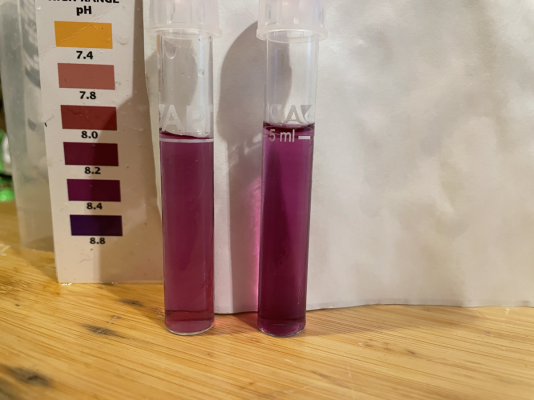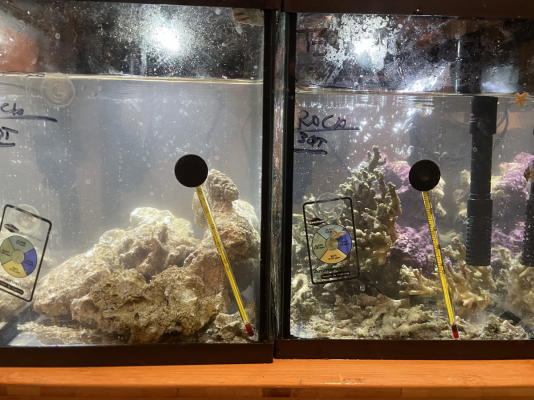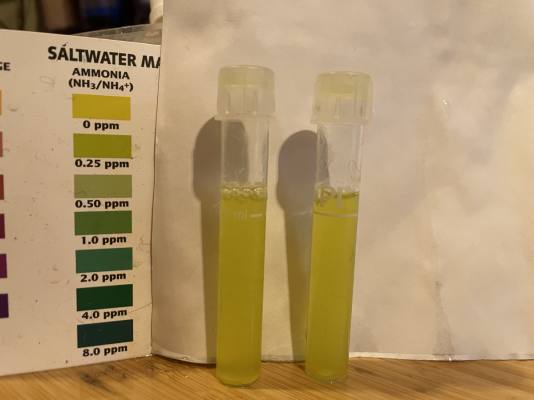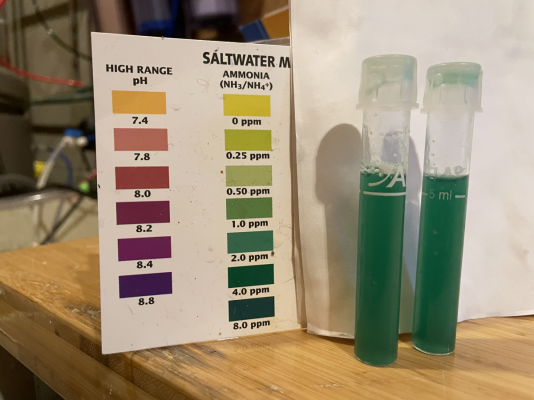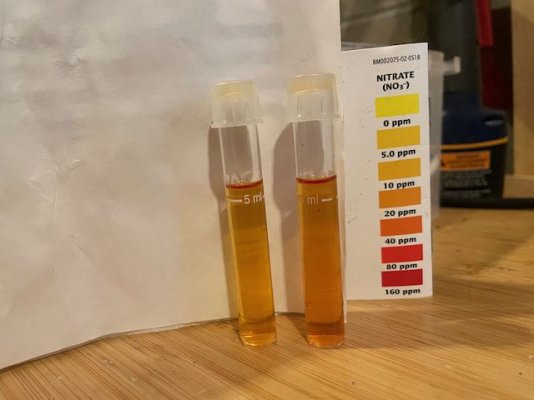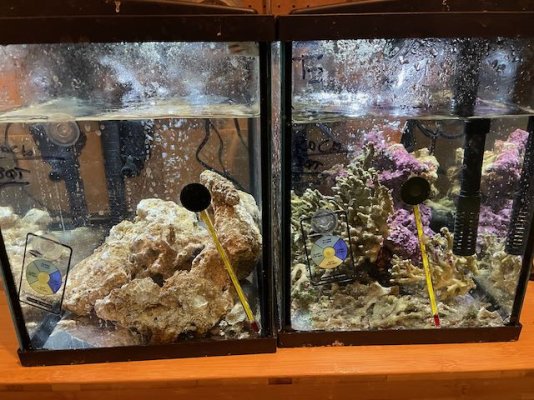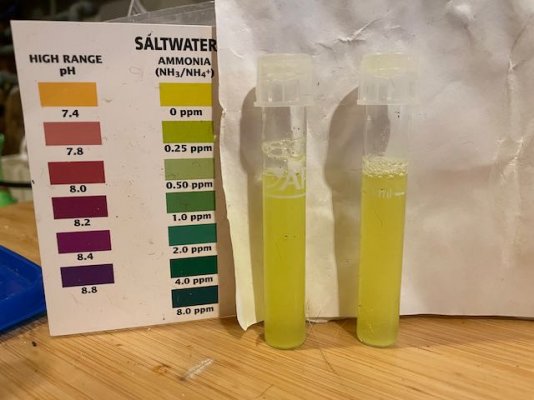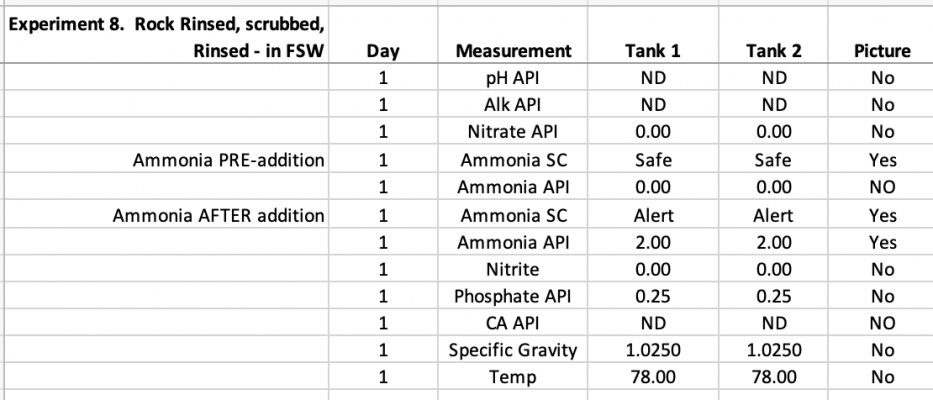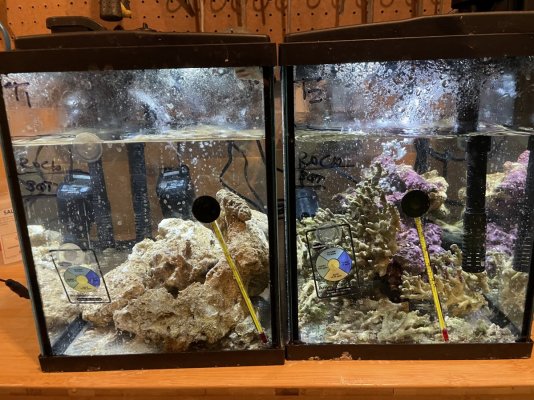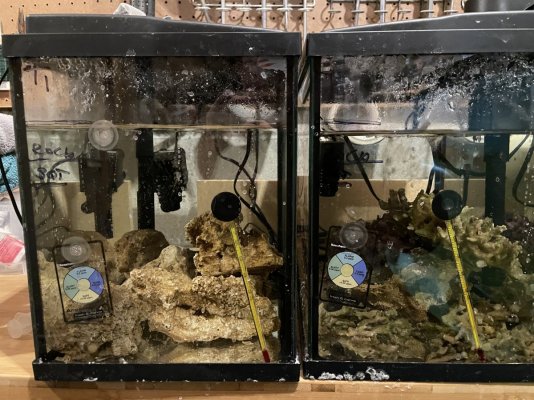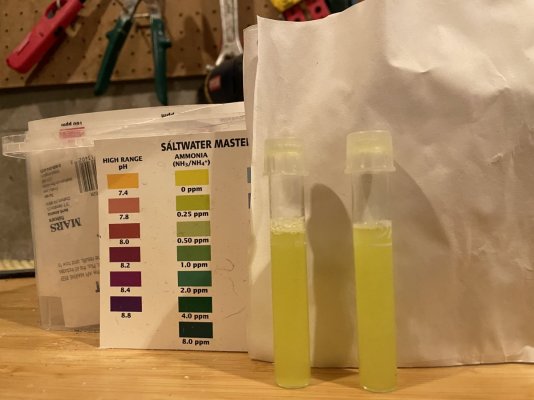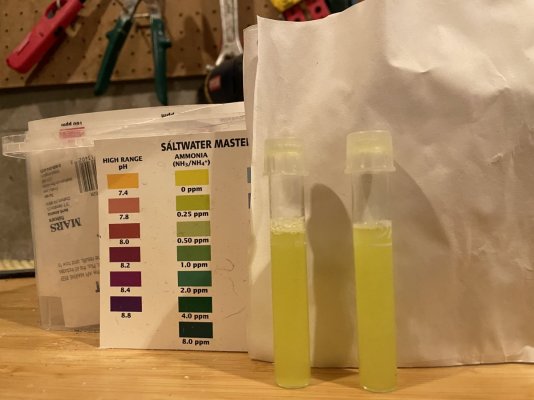- Joined
- Dec 28, 2016
- Messages
- 22,955
- Reaction score
- 22,055
SO - TODAY'S UPDATE - if anyone cares lol
A bit of user error. (well technology error) - ATO Mess up - I have no saltwater to make a new experiment (Failed float switch)
IE - NO start of experiment today.
A bit of user error. (well technology error) - ATO Mess up - I have no saltwater to make a new experiment (Failed float switch)
IE - NO start of experiment today.






